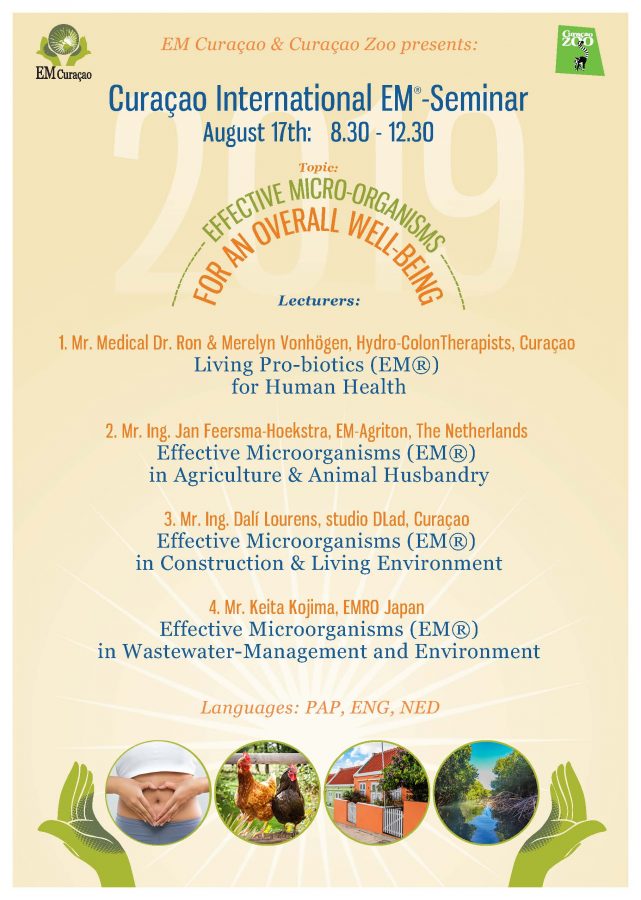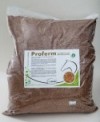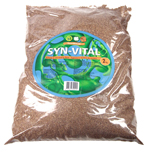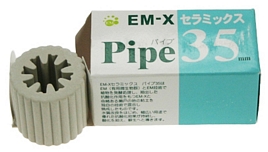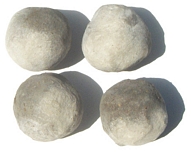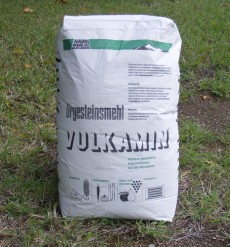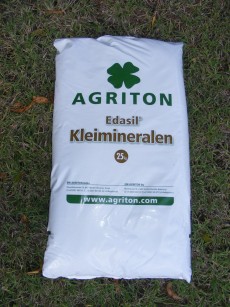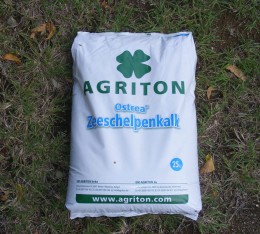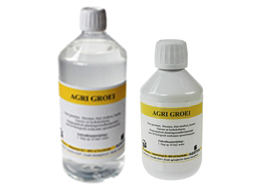25 kilo Afl. 75.47 (ex OB)
5 kilo Afl. 18.40 (ex OB)
Mineralnan di klei ta:
Granonan di klei di 2 pa 5 mm ku ta kontené hopi elementonan di rasko i ku nos ta haña den minanan den sur di Alemania.
E partíkulanan di klei aki ta hunga un ròl hopi grandi den fertilidat di tera.
Asina ta ku nan por regulá e humedat den tera masha bon mes.
Alabes nan ta pèrkurá ku e elementonan di spor, manera zenk, koper i mangano, ta wòrdu mará i eksponé bèk ora ku tin un skarsedat di e elementonan aki.
Mineralnan di klei ta forma huntu ku e mikro-organismonan, material orgániko, te hasta ku granonan di santu, un supstansia di tera indispensabel, e asina yamá “kòmplèks di humus i klei ”.
E kòmplèks di humus i klei ta sòru e.o. pa: bùfer pH, regulashon di fosfato i sulfato, e interkambio di nutrishon pa e matanan i te hasta pa e humedat, areashon i awa den tera.
E mineralnan di klei tin un pH (grado di asides) di 7-8, nan ta kontené 6-8% humedat i por apsorbé te ku 135% di awa.
Aplikashon:
Por usa mineralnan di klei na kantidat di 200 kilo pa hectare pa aña.
Clay minerals
Clay minerals are clay pebbles, 2 to 5mm wide, which contains many trace elements and are extracted in the mines in southern Germany.
These clay particles play a very important role in soil fertility.
This allows them regulate the moisture in the soil very well.
Furthermore, they ensure that the essential trace elements such as zinc, copper and manganese, are bound and released again when there is a shortage of these elements.
Clay minerals form with micro-organisms, organic material, and even grains of sand, an essential base substance namely the “clay humus complex” (KHC).
The clay-humus complex ensures, pH buffering, regulation of phosphate and sulfate, the exchange of nutrients for the plants and even moisture, air and heat balance in the soil.
Clay Minerals has a pH (acidity) of 7-8, contain 6-8% moisture and it can absorb water up to 135%.
Application:
Clay minerals can be applied as much as 200 kilo per hectare a year.

